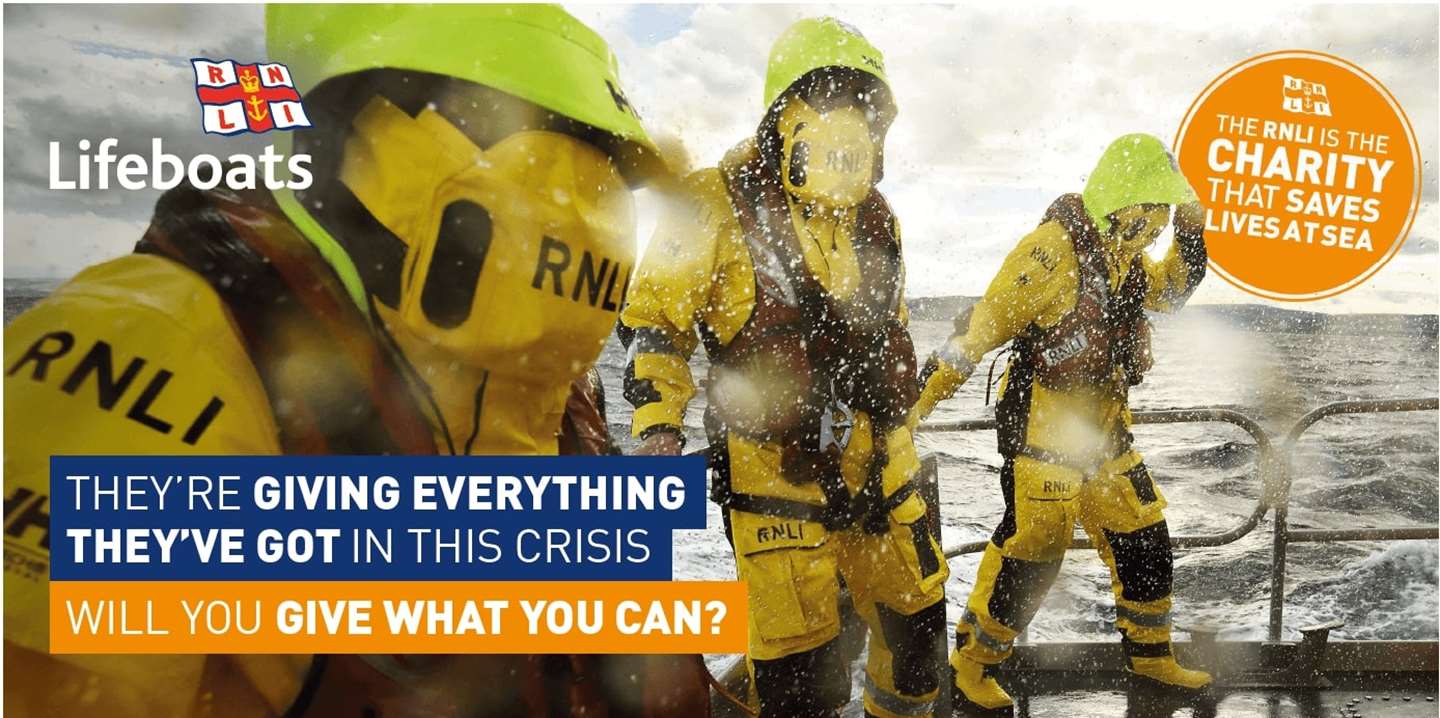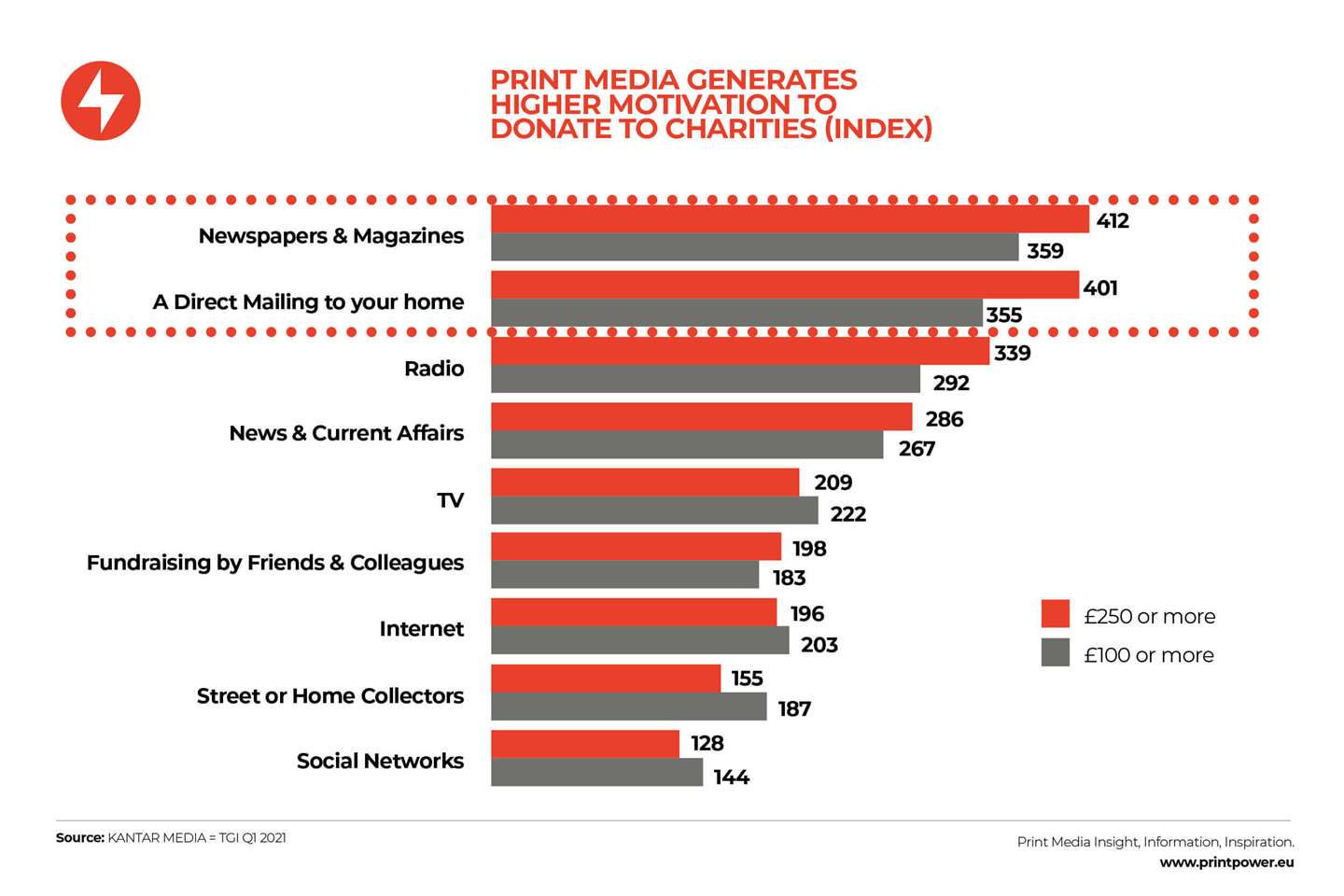The Royal National Lifeboat Institution (RNLI) depends on the public’s fundraising efforts for donations that fund their heroic efforts to save lives at sea. In fact, their lifesaving is powered primarily by that kindness and generosity. Volunteers make up 95 per cent of the organisation and those crews have helped save the lives of 143,000 people on UK, Ireland and International shores since 1824. It’s much-needed donations that help to fund the best kit, training and support for new recruits.
Then Covid-19 hit, and while operations didn’t stop – they were still on call 24/7 – conventional forms of in-person fundraising activities did, and donations dwindled. In addition, the RNLI faced increased costs in making sure their lifesavers were kept Covid-safe during operations.
They needed to quickly find an alternative way to fundraise to raise their target of £880k in donations. So they turned to Whistl Doordrop Media for their expertise in using print to reach out to the public and let them know they needed their donations more than ever due to the negative impact of Covid-19. But why a doordrop as opposed to digital?







